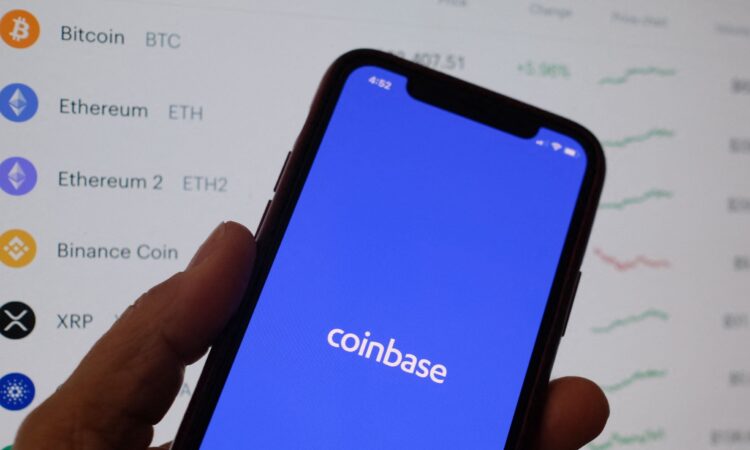
We have reviewed and researched some of the largest cryptocurrency exchanges to rank the best ones available on the market today.
Out of all the exchanges considered, the seven that made our list excelled in areas across the following categories (with weightings): coins offered and fiat currency accepted (15%), headline fees, measured at the upper end of the taker fee for low-volume users (15%), other trading features (5%), availability across states (10%), customer service (10%), education (10%), security (20%), storage (10%), and staking (5%).
Within each major category, we considered several subcategories, combining them to give an overall score for that category, which we then weighted to calculate an overall ranking of the exchanges.
This approach is a generalized “best of” ranking system, from the number of coins offered and trading fees to the availability of features such as staking or advanced trading options.
For security reasons, it is important to measure that this score was on a relative basis.
Editor’s note: It should also be said that crypto exchanges as an industry are extremely risky. A lot of information is concealed from the public eye, making it very difficult to make a confident assessment of the financial security of a company.
Why other crypto exchanges and trading apps didn’t make the cut
There are countless other crypto exchanges and trading apps on the market. Exchanges that haven’t been established long or lack the necessary size were not considered.
When even massive exchanges like FTX are capable of going under, it is hard to assess smaller exchanges with any degree of confidence.
While many may be excellent companies, unfortunately, it is a case of being tarnished by bad actors. The lack of transparency and public disclosures and the enormous risk in the industry led to us focusing on only bigger exchanges.






